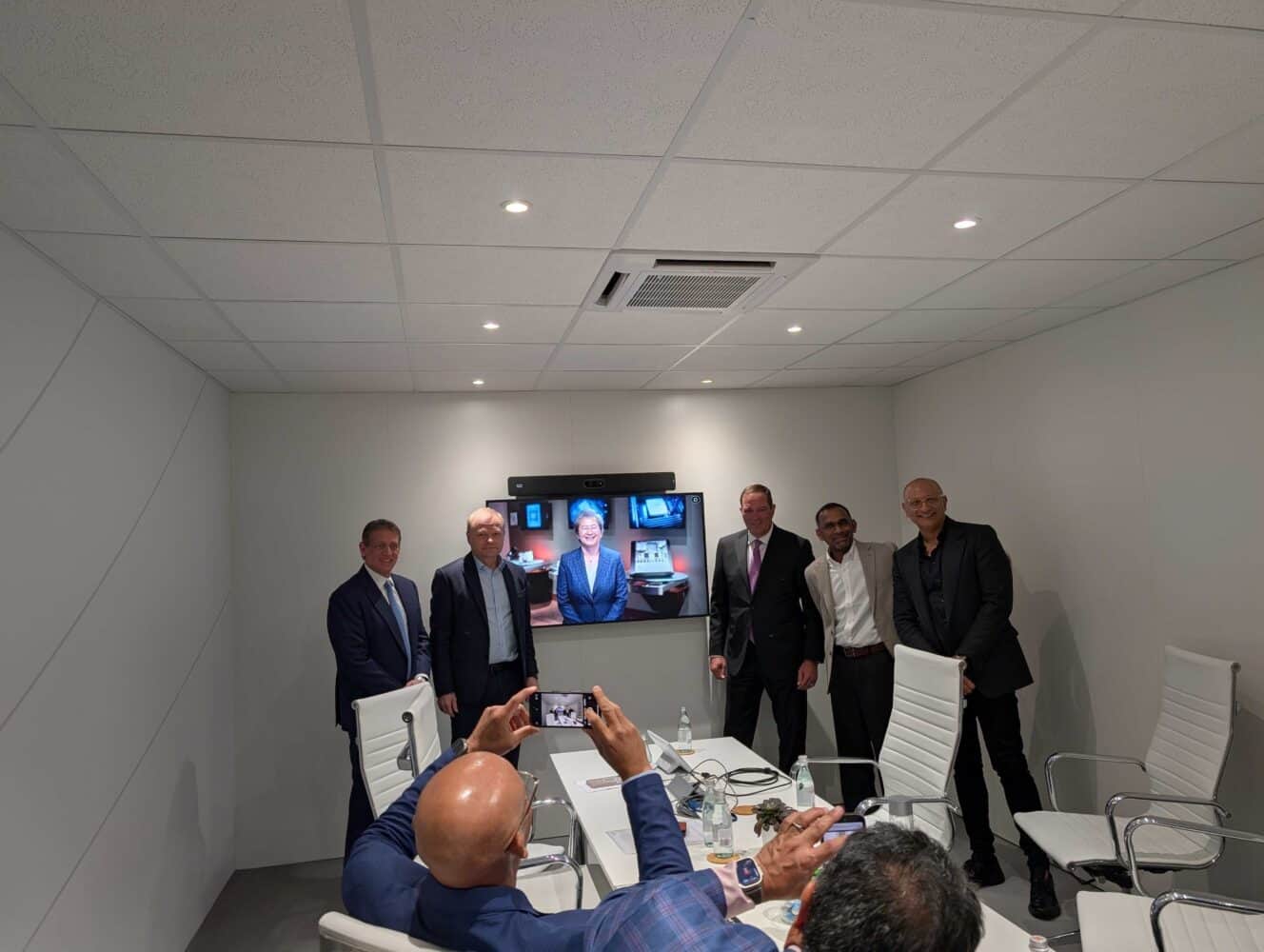At Mobile World Congress 2025, plans were announced for the formation of an Open Telecom AI Platform. This platform must make the telco world both “AI-driven” and secure, efficient and innovative. A tough task, but also with heavyweights to make it happen: AMD, Cisco, Jio Platforms and Nokia.
The new platform plans to create a “new central intelligence layer” for telecom services. Aiming to utilize “end-to-end network intelligence,” it seeks to integrating all telco matters such as RAN, routing, AI data centers and security to leverage AI in every part of the industry.
The plans are somewhat reminiscent of the Ultra Ethernet Consortium (UEC) announced in mid-2023. The co-founders included AMD and Cisco. Here, too, neutrality and openness are spearheads. The promise of the Open Telecom AI Platform (which does not yet have an official acronym, but we’ll refer to it as OTAIP from here on out) is to be LLM agnostic. It’s also set to integrate not just GenAI, but also more well-established AI systems such as machine learning.
Ultimately, OTAIP’s setup is different from UEC in that it is first and foremost a reference architecture. In other words: it is not an industry-wide interest group, but a guide for all telco players showing how they may wish to integrate AI in a standardized way.
First implementation at Jio
This OTAIP reference architecture will first be implemented at Jio for the global service provider industry. Mathew Oommen, Group CEO of Reliance Jio, emphasizes that the platform goes beyond automation: “By harnessing agentic AI across all telco layers, we are building a multimodal, multidomain orchestrated workflow platform that redefines efficiency, intelligence, and security for the telecom industry.”
Oommen also talks about the demands of agentic AI, which require an integrated approach like OTAIP’s. If we simplify the topic of “agentic AI” for a moment, it revolves around the integration of different AI tools to work together. An AI agent must be able to accomplish something across multiple systems, turning what’s theoretically the most advanced form of automation we know so far into practical reality. That requires standards for predictable, consistent workflows and development.
Technological foundation
The underlying AI infrastructure for the reference architecture to be created for Jio is provided by the various partners involved. AMD provides powerful CPUs, GPUs and adaptive computing solutions, while Cisco contributes with integrated solutions for networking, data centers and analytics. Nokia brings its expertise in RAN, Core, broadband and transport.

